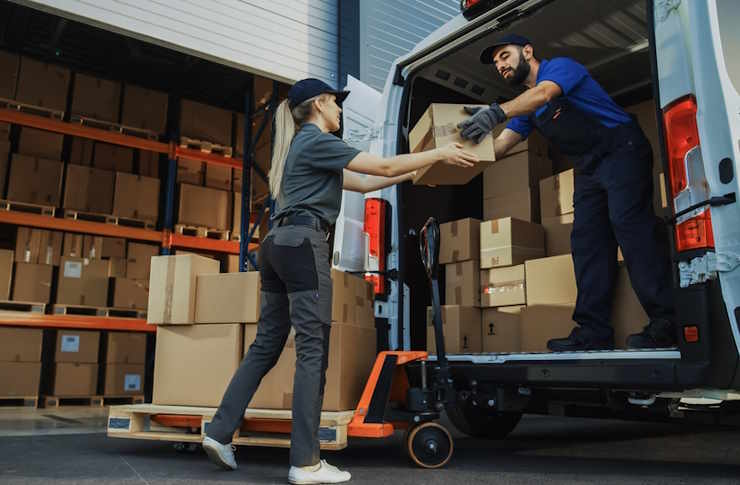Exploring Careers in Product Packaging: An Overview
Dive into the world of product packaging careers, where precision meets logistics. This comprehensive guide explores the diverse roles within the industry, from entry-level positions to specialized opportunities. Discover the skills, qualifications, and potential for growth in this often-overlooked but essential field that keeps global supply chains moving smoothly.

Essential Abilities and Credentials
While formal education requirements for product packaging roles can vary, many positions are accessible with a high school diploma or equivalent. Key attributes for success include manual dexterity, the capacity to handle weighty items, fundamental arithmetic skills for inventory management, and meticulous attention to detail. Certain roles may necessitate specific certifications, such as forklift operation or familiarity with specialized packaging equipment.
Diverse Roles in Product Packaging
The packaging industry encompasses a range of specialized positions. In manufacturing environments, production line packagers prepare goods for distribution. Fulfillment center packagers handle an array of items in large-scale warehouses. Niche packagers focus on particular sectors like food production, pharmaceutical packaging, or delicate item handling. Each role demands a unique set of skills and may require specific certifications.
Compensation and Perks
Compensation in the packaging industry can vary widely based on experience, specialization, and location. While specific salary figures can fluctuate, it’s generally understood that entry-level positions often start around minimum wage, with potential for increase as workers gain experience. Full-time roles typically offer a benefits package that may include health coverage, paid leave, and retirement savings options. Some employers provide performance incentives or additional pay for non-standard shifts.
Professional Growth Opportunities
Packaging roles can serve as a foundation for advancing within the logistics and warehouse management sectors. With time and demonstrated skill, individuals may progress to lead packager positions, quality assurance roles, or supervisory positions overseeing warehouse operations. Pursuing additional qualifications in logistics or supply chain management can enhance career prospects and open doors to higher-level opportunities.
Workplace Dynamics and Conditions
The typical packaging work environment involves extended periods of standing, lifting objects of various weights, and operating within climate-controlled warehouse settings. Work schedules may include early morning, evening, or weekend shifts, depending on the employer’s operational needs. Strict adherence to safety protocols is paramount, with employers generally providing necessary protective equipment to ensure a secure work environment.
Industry Outlook and Considerations
As e-commerce continues to grow and global supply chains evolve, the demand for skilled packaging professionals remains steady. However, potential applicants should be aware that the industry is subject to technological advancements and automation, which may impact job availability and required skill sets over time. Staying informed about industry trends and being open to continuous learning can help individuals maintain their competitiveness in this field.
Conclusion
Product packaging offers a range of career possibilities for individuals seeking stable employment in a vital industry. While entry barriers are often low, success in this field requires a combination of physical capabilities, attention to detail, and adaptability. As with any career path, those interested in packaging roles should conduct thorough research, consider their long-term goals, and evaluate opportunities based on their individual circumstances and the specific details provided by potential employers.






